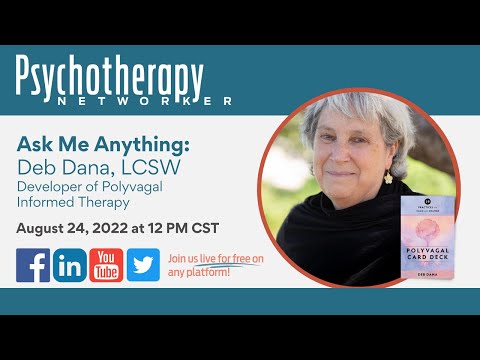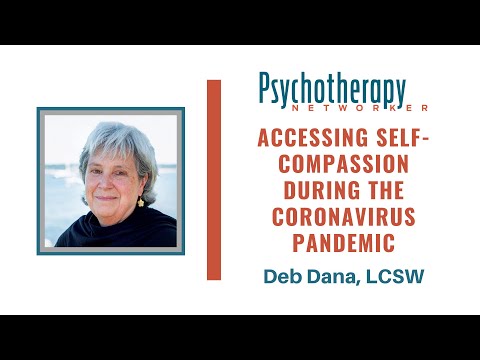Although many therapists are wary of it, using touch in therapy can have a huge impact on your clients’ healing processes. Here, Deb Dana, author of The Polyvagal Theory in Therapy, talks about the science behind the power of touch in sessions, what this healing looks like in session, and what types of touch elicit which emotional responses.
“Biology, it turns out, is the prime mover of our relationship stories, before emotion ever gets involved,” Dana writes in her Networker article, The Touch Taboo. “With a more comprehensive understanding of the body’s role in creating connection and disconnection—and a precise language to describe it—we have a better map to help guide our clients back to safety.”
Deb Dana
Deb Dana, LCSW is a clinician and consultant specializing in working with complex trauma. She’s a consultant to the Traumatic Stress Research Consortium in the Kinsey Institute and clinical advisor to Khiron Clinics. She developed the Rhythm of Regulation Clinical Training Series and lectures internationally on ways Polyvagal Theory informs work with trauma survivors. Deb is the author of The Polyvagal Theory in Therapy: Engaging the Rhythm of Regulation, Polyvagal Exercises for Safety and Connection: 50 Client-Centered Practices, co-editor with Stephen Porges of Clinical Applications of the Polyvagal Theory: The Emergence of Polyvagal-Informed Therapies, and creator of the Polyvagal Flip Chart. rhythmofregulation.com
Lauren Dockett
Lauren Dockett, MS, is the senior writer at Psychotherapy Networker. A longtime journalist, journalism lecturer, and book and magazine editor, she’s also a former caseworker taken with the complexity of mental health, who finds the ongoing evolution of the therapy field and its broadening reach an engrossing story. Prior to the Networker, she contributed to many outlets, including The Washington Post, NPR, and Salon. Her books include Facing 30, Sex Talk, and The Deepest Blue. Visit her website at laurendockett.com.












